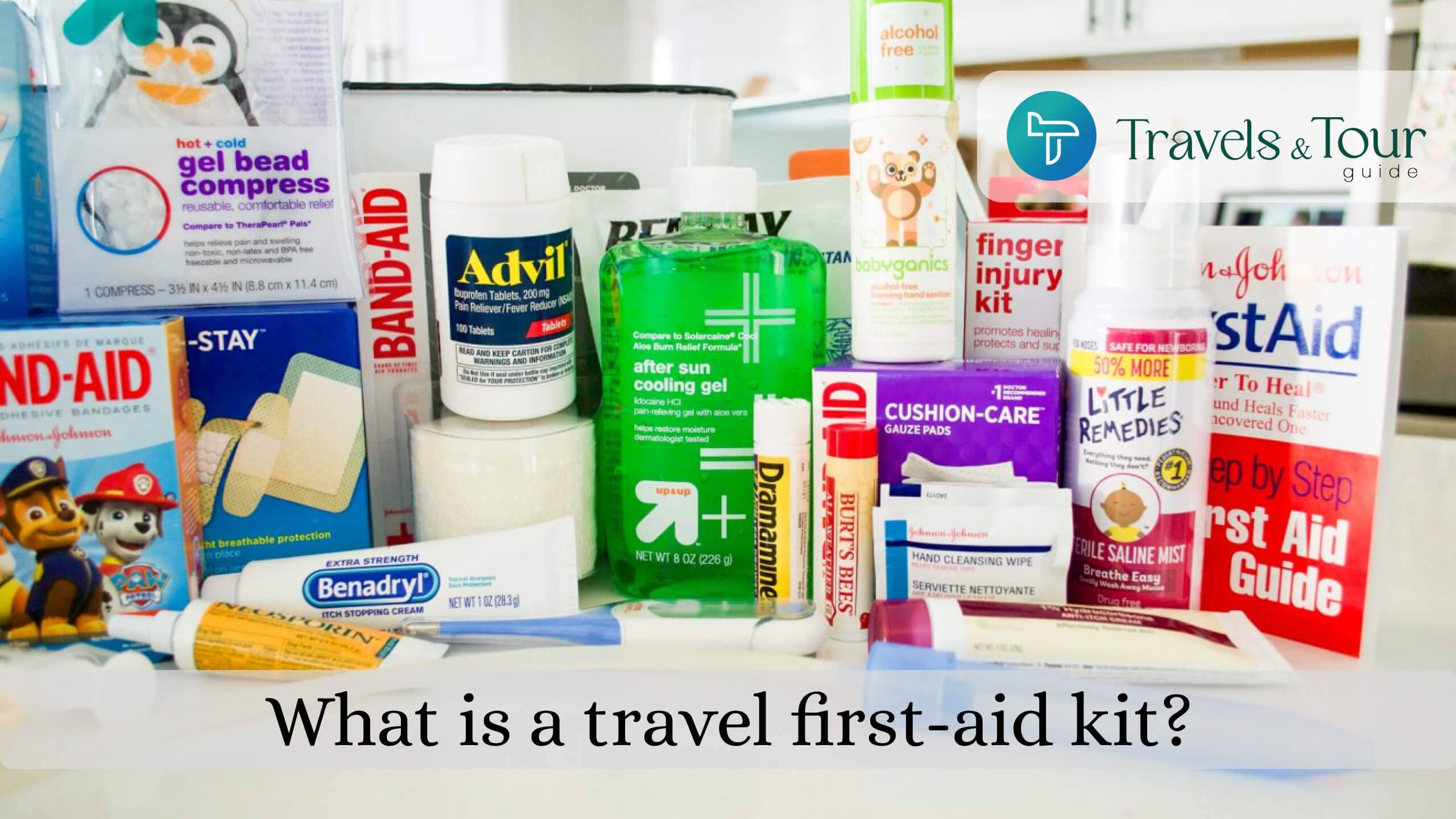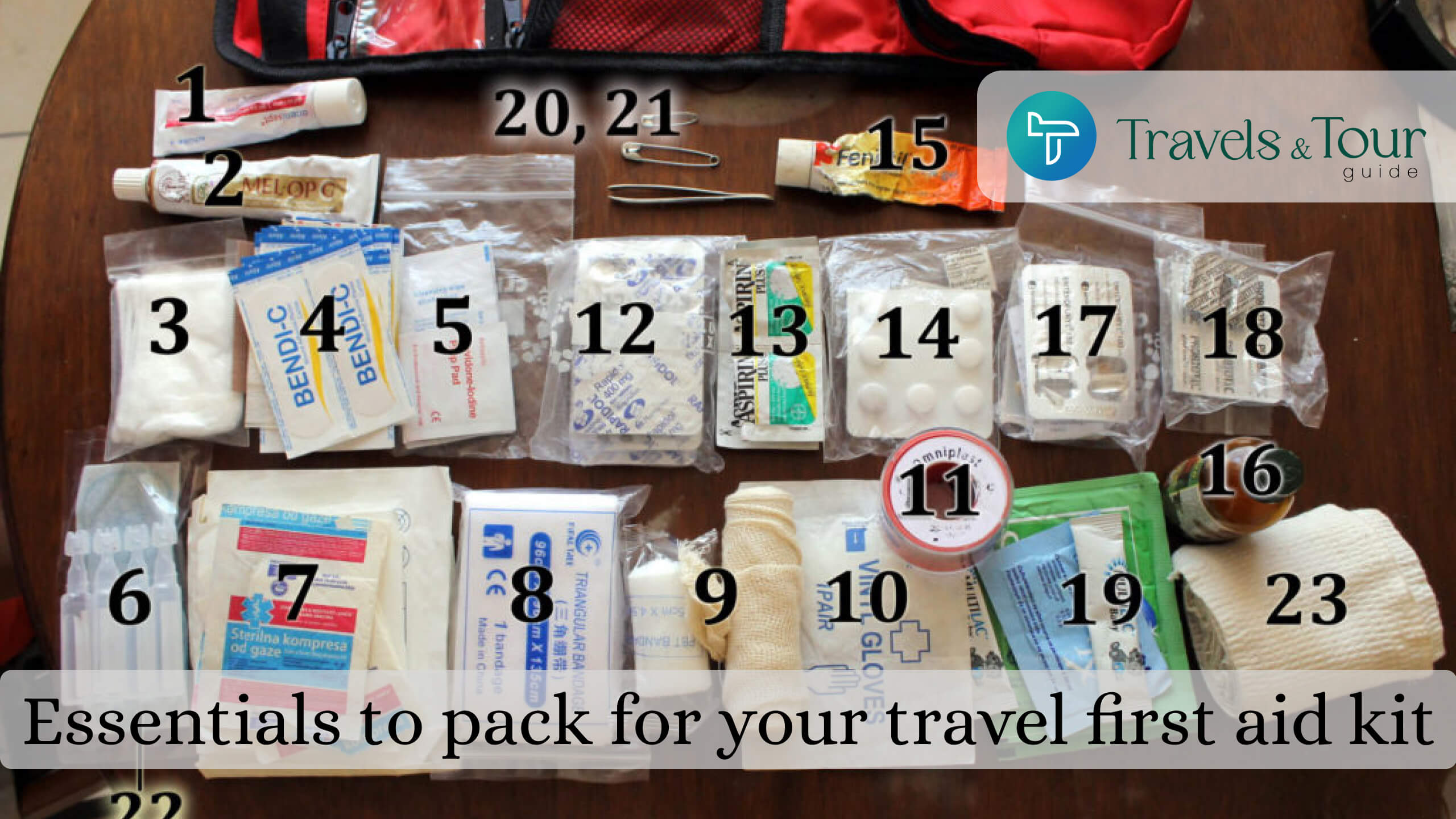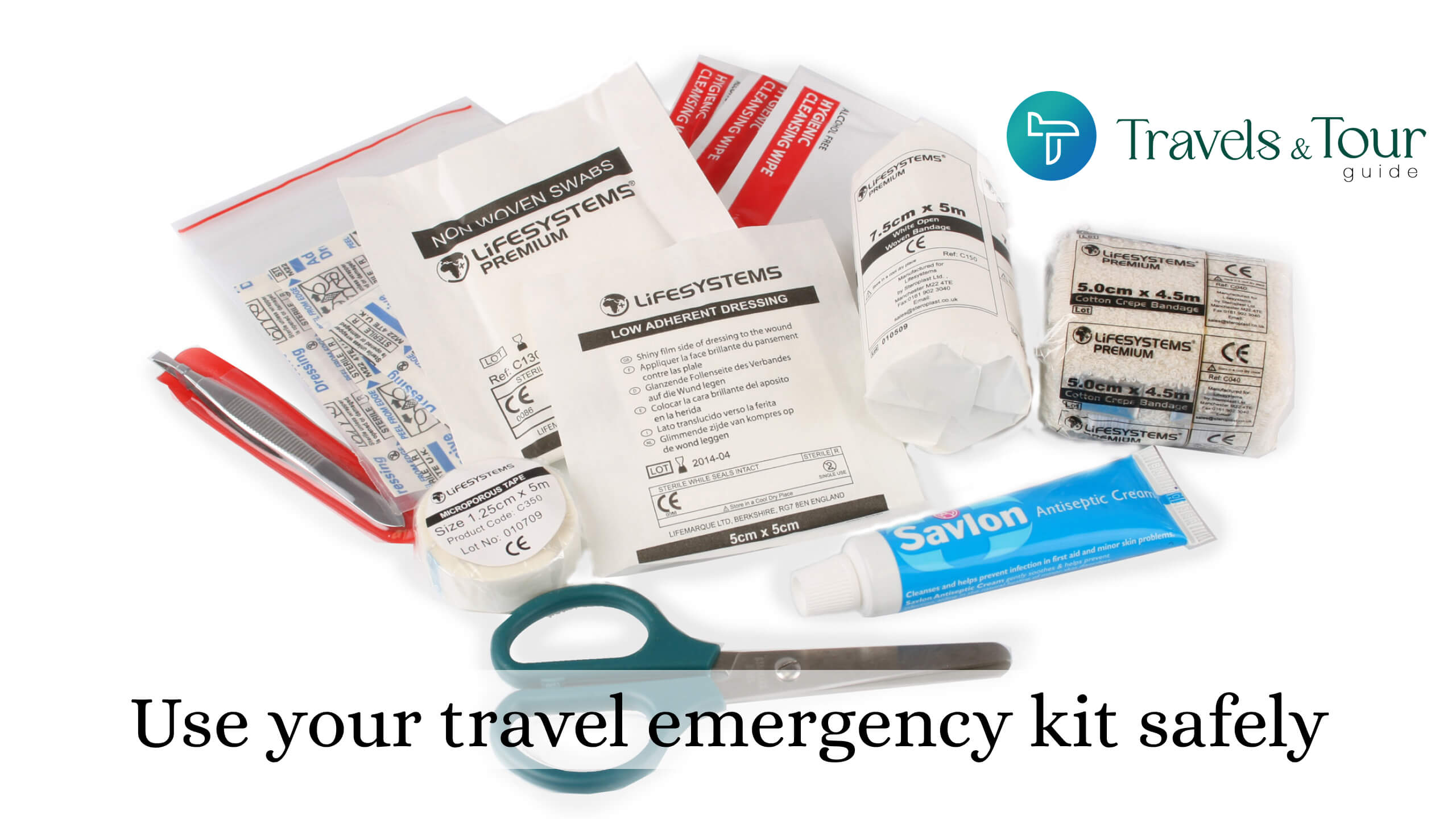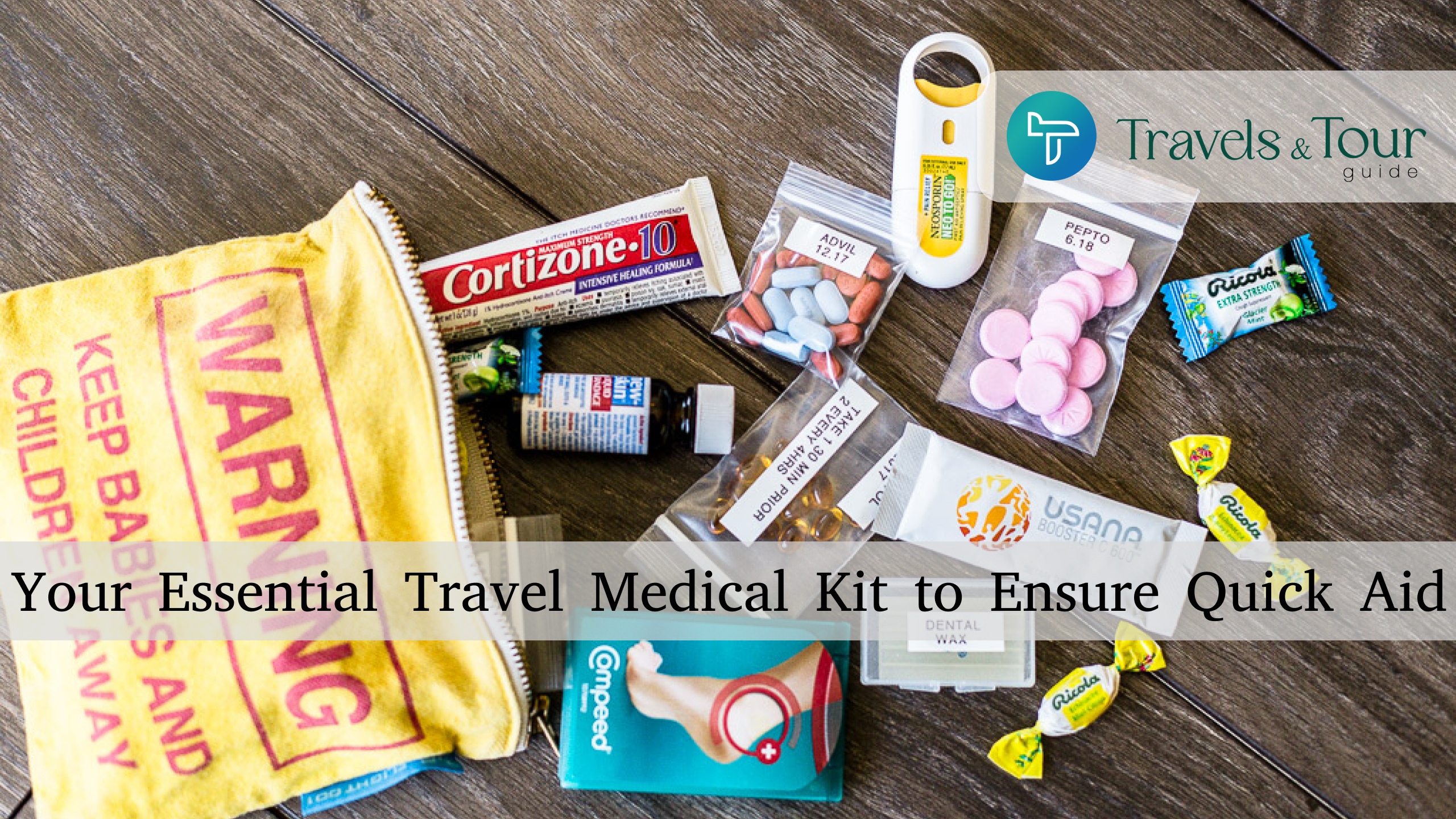Your Essential Travel Medical Kit to Ensure Quick Aid
Traveling is fun as it gives a priceless opportunity to get away from day-to-day existence while additionally implanting quality time with your loved ones. While traveling, travel insurance is expected for any accident or health-related crisis. This is good to take care of everything and also no financial pressure.
While getting ready for your vacation, there are two significant things that you might not neglect. The principal requirement is travel insurance, followed by a travel emergency first aid kit. There is a risk of injury while on journeys and travels, as well as participating in sports, which is the reason a travel medical aid pack is required.
Quick access to a clinic isn’t generally available, so the first aid kit proves to be handy. It’s hard to tell what to put in your vacation emergency treatment pack and what not to. In this blog, we’ll go over all that you want to be aware of before setting up your thing.
What is a Travel First-Aid Kit?

So, what exactly do you mean by a travel first-aid pack? It refers to carrying along a small portable container of basic medical supplies and non-prescription medications that deal with frequently encountered health problems while on a journey.
It includes adhesive bandages; wipes containing antiseptics; pain killers; antihistamines; and stomach upset medications among other items required during the whole journey.
Having come in different sizes this is because; they need to be designed in such a manner that allows giving instant and elementary nursing care to minor accidents like little wounds, scratches or sores occurring when someone is on the move.
Essentials to Pack for Your Travel First Aid Kit:

The following items must be packed into a travel kit:
- Hand sanitizer: After the pandemic, we all understand how crucial sanitizer is. To avoid infection, always apply a sanitizer before contacting the affected area after a cut or injury.
- Wipes: Antibacterial wipes are effective for washing hands and reducing the risk of infection.
- Pain Reliever: Plan on having pain relievers for a holiday, they may be caused by strains or headaches. The kit must have painkillers including ibuprofen or one that suits you.
- Adhesive wraps: Injured knees and ankles are supported by the wraps; they are held without pins or clips.
- Scissors: scissors are needed in injury treatment besides opening medicine. In case you are traveling by air, please don’t bring them into the hand luggage.
- Thermometer: When traveling with children, a thermometer is essential. Carrying it allows you to monitor and clean it using antibacterial wipes after each use.
- Bandages: Keep bandages of all sizes in your first aid bag.
- Gauze: Pack a roll of gauze and pads for larger injuries that cannot be covered by bandages.
- Surgical tape: To append a bandage to the skin, utilize surgical tape safely.
- Antiseptic: Use sterile wipes or splashes to clean wounds and cuts.
- Antibiotic ointment: Apply antibiotic ointment before gauzing an injury or cut to advance quicker healing and stop infections. The same procedure must be followed while changing the dressing.
- Anti-diarrhea medication: When traveling, certain foods can trigger diarrhea. As a result, medications for the condition must be carried, and individuals must stay hydrated in the event of an incident like this.
- Cold treatment Medications: Headache, cold, cough, and stuffy nose are frequent symptoms that require medicine for treatment. Medicines for usage during the day and at night should always be carried by adults and children.
- Anti-allergens: Keep medication for seasonal allergies in your first aid bag.
- Saline nasal spray: Allergies and congestion can lead to a stuffy nose, making vacations miserable. Carry a saline nose spray to provide relief.
- Cough Remedies: Syrups and capsules can assist with smothering coughs and relieving the throat.
- Motion sickness: Many individuals get movement disorder, so conveying medicine can help them with experiencing their excursion.
- Prescribed medicines: These medications are utilized to treat gentle diseases and don’t need a specialist’s supervision. However, always keep additional dosages of your prescription medicines in.
Use Your Travel Emergency Kit Safely:

Now that you’ve created your kit, make sure you utilize the drugs safely.
- Follow the dosages: Pay attention to the dose recommendations for medicines. Toss old medications. Discard expired things.
- Keep the labels: Keep remedy and non-prescription drugs in their unique marked bundle so you understand what they are.
- Create a list: Keep a list of every one of your prescriptions in your sack or handbag, including the brand and names.
- Take care of children: To guard your kids, keep the emergency treatment unit far off. Also, do not provide cough and cold medications to children unless a pediatrician has approved them.
- Get help: Your travel first-aid package is useful for minor ailments, but seek medical attention for major accidents.
Bottom line:
With a little planning and a decent, durable zip-up bag, you can travel with confidence, knowing that you’re ready to deal with any bumps and bruises (as well as migraines, stomachaches, and sneezes) that may arise along the trip. Don’t forget to follow us for more useful travel tips and techniques.







